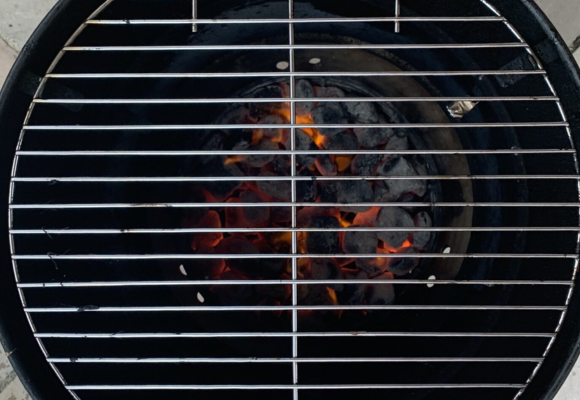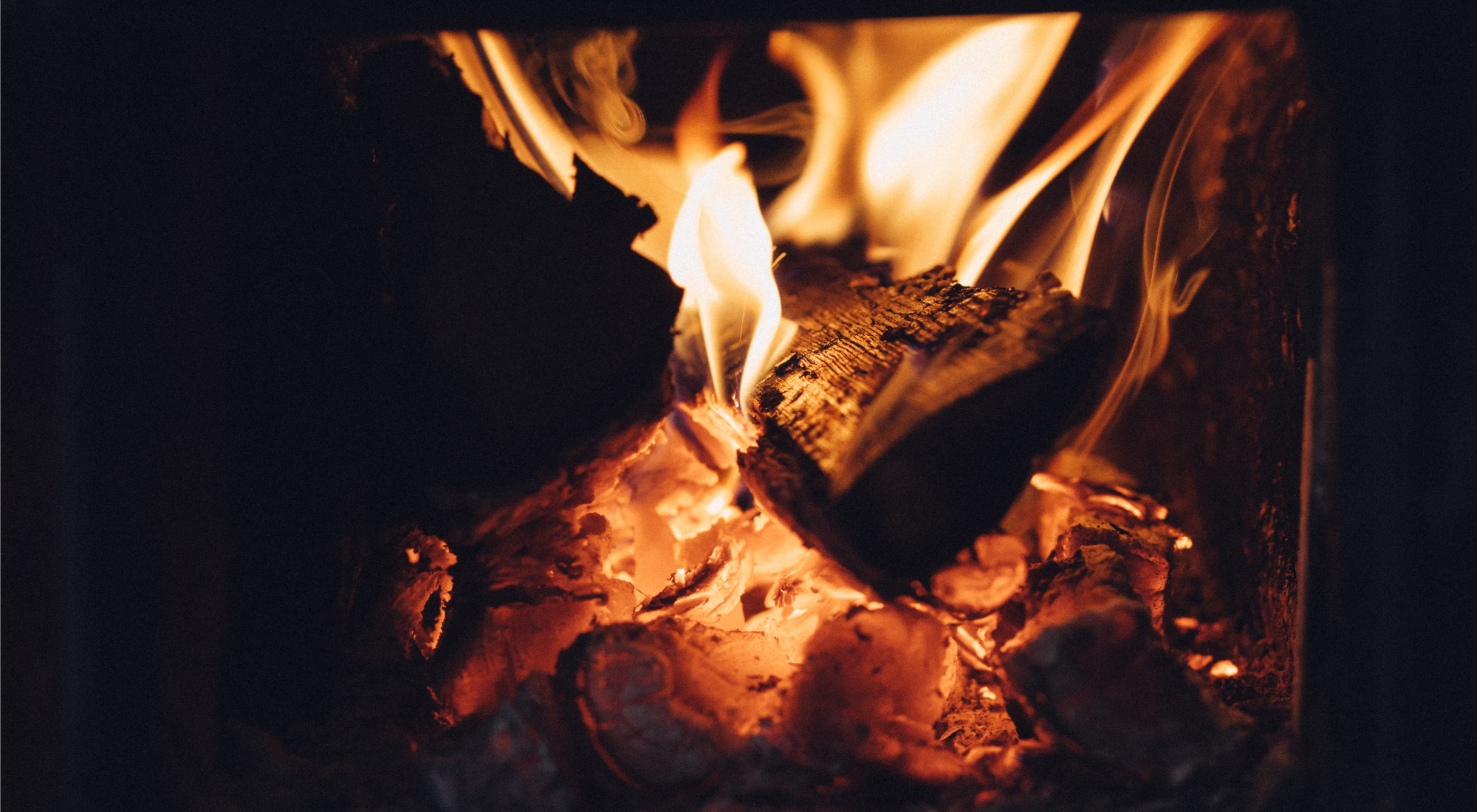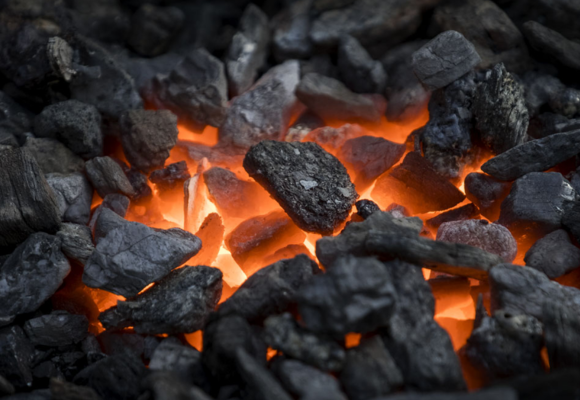When it comes to smoking meat, the choice of coal is a pivotal factor that influences not only the flavor of the meat but also the entire cooking experience. In this guide, we will explore the different types of coal suitable for smokers and how they can enhance your culinary endeavors.
1. Coal for Smokers
Smoking meat is an age-old culinary art, blending patience with skill to achieve flavors that are deeply satisfying. The type of coal you choose plays a critical role in this process. It’s not just about the heat; it’s about the aroma, the consistent temperature, and the way it interacts with your meat.

2. Types of Coal for Smokers
Lump Charcoal
Lump charcoal is the purest form of charcoal and is preferred by many pitmasters. It’s made by burning wood in the absence of oxygen, leaving behind pure carbon. This type of coal lights quickly, burns hotter, and imparts a clean, smoky flavor to the meat. It’s perfect for those who appreciate a more natural, woodsy taste in their smoked foods.

Briquettes
Briquettes are a popular choice for both beginners and seasoned smokers. They are made from compressed charcoal dust and binders. The uniform shape ensures consistent heat distribution, making temperature control more manageable. Briquettes are ideal for long, slow cooks where maintaining a steady temperature is key.
Binchotan
Originating from Japan, Binchotan is a high-quality charcoal known for its ability to burn cleanly and at high temperatures. It’s excellent for achieving a crisp exterior on meats without overpowering the natural flavors. Binchotan is perfect for those looking to add an exotic twist to their smoking experience.
3. Factors to Consider
Heat and Burn Time
Lump charcoal burns hotter and faster, making it suitable for shorter cooks. Briquettes, on the other hand, offer a longer, more consistent burn, ideal for longer smoking sessions.
Flavor Profile
The choice between lump charcoal and briquettes often comes down to the desired flavor. Lump charcoal offers a more authentic, wood-fired taste, while briquettes provide a milder, more neutral flavor.
Environmental Impact
Lump charcoal is often seen as more environmentally friendly, as it contains fewer additives and is made from natural wood. However, sustainably sourced briquettes can also be an eco-conscious choice

4. How to Use Coal in Your Smoker
Lighting the Coal
The chimney starter is a highly effective way to light your coals. It ensures an even burn and helps you get your smoker up to the desired temperature quickly and efficiently.
Managing Temperature
Controlling the airflow in your smoker is key to temperature control. More oxygen means a hotter fire, so adjust your vents accordingly to maintain the ideal smoking temperature.
Adding Flavor
Consider adding wood chips or chunks to your coals. Different woods impart different flavors, allowing you to experiment and find your perfect match.
5. Conclusion
Choosing the right type of coal for your smoker can elevate your cooking to new heights. Whether you prefer the natural taste of lump charcoal, the consistency of briquettes, or the exotic touch of Binchotan, each brings its unique qualities to the table. Remember, smoking is not just cooking; it’s an experience. The right coal can make all the difference, turning a simple meal into a memorable feast.
In the world of smoking, the coal you choose is as important as the meat you cook. Each type of coal brings its unique characteristics to your cooking, influencing everything from flavor to cooking time. Whether you’re a novice or a seasoned smoker, understanding and choosing the right coal is a step towards mastering the art of smoking meat. Enjoy the journey, and let the flavors unfold!
Frequently Asked Questions
Can I mix lump charcoal and briquettes?
Absolutely! Mixing the two can give you the best of both worlds – the heat of lump charcoal and the longevity of briquettes.
How much coal should I use?
This depends on the size of your smoker and the length of your cook. Generally, start with enough coal to create a consistent bed of heat and add more as needed.
Is it necessary to soak wood chips before adding them to the coal?
Soaking wood chips can help them smolder and produce smoke for a longer period, rather than burning up quickly.
